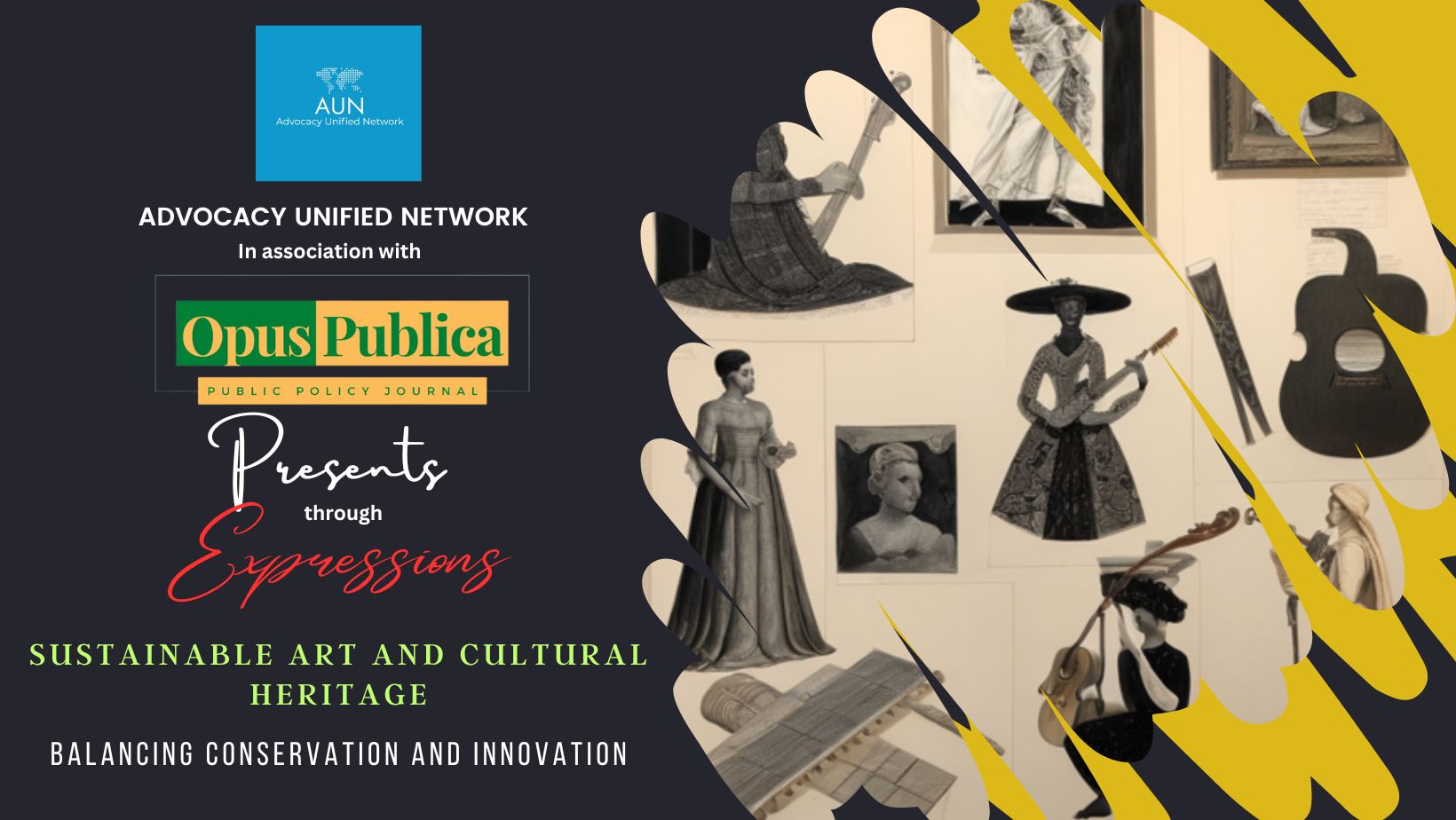Picture Source: AUN News
Introduction
Hong Kong’s art and culture is a vibrant and diverse community that has been developing for more than 20 years.
Hong Kong has always been known as one of the most prosperous cities in Asia, but it is also known for its artistic, cultural, and historical heritage. The city was formerly known as Victoria Harbour before being renamed after Hong Kong in 1841. It possesses many natural wonders, such as the Peak Tramway and Cable Car System, popular attractions among tourists visiting Hong Kong throughout the year.
Hong Kong’s Arts Community
Hong Kong is a global city with a vibrant arts community. The government’s support for the arts has helped to grow and sustain it, enabling artists from different backgrounds to pursue their work in Hong Kong. The number of individuals actively creating art or presenting their work has grown steadily over time.
In addition, the independence of the Hong Kong arts scene allows it to thrive without being constrained by other factors like funding or commercial concerns; this helps create an environment where creativity can flourish freely and safely without interference or interference from others (which is especially important considering that many artists come from backgrounds where they may not feel comfortable expressing themselves).
This means that there is more opportunity than ever before for artists to showcase their skills and creativity. Hong Kong’s arts community has also become increasingly multicultural, with people from all over the world moving here and bringing their cultures with them; this creates diverse opportunities for art consumption and creation.
Hong Kong’s film industry
Hong Kong’s film industry is a significant contributor to the local economy. The city boasts a strong reputation as a filmmaking hub, with more than 500 film productions produced yearly. It is also home to over 4,000 cinemas and hosts over 200 international film festivals annually.
Hong Kong has become known for producing quality movies that initially capture the essence of its culture. For example, during the 1980s and 1990s, it was one of Asia’s leading producers of martial arts films featuring Bruce Lee’s style fighting methods—including “Enter The Dragon” (1973).
The city also boasts one of the world’s largest and most popular film festivals, attracting over 250,000 people annually. The festival has been held annually since 1980.
Developing arts and culture in Hong Kong
Hong Kong’s arts and culture scene has grown in the past few years. The city is home to many cultural institutions, including museums, galleries, and theatres. The government also supports artists by offering grants or subsidies for their projects.
The number of people who visit these venues has increased significantly over the years: in 2005, there were only 2 million visitors; by 2015, it had risen to 5 million (according to official statistics). This shows that there’s a market for high-quality artworks!
Hong Kong is one of Asia’s most vibrant cities thanks to its dynamic economy, which includes major financial institutions such as HSBC Bank and other corporations such as Unilever Asia Ltd.
Hong Kong’s rich heritage culture includes traditional Chinese architecture and artworks. Its modern art scene is also growing, with many museums opening recently. The city’s vibrant cultural scene offers something for everyone – from concerts and festivals to shopping malls! The government aims to promote Hong Kong as an international hub for arts and creativity with its Arts Development Council (ADC), which aims to develop new initiatives as part of the city’s cultural policy.
Cultural Heritage in Hong Kong
Hong Kong has a long history of cultural heritage. The city was founded in 1841, but it wasn’t until 20 years later that the first Chinese residents came to live here. While some may argue that this means Hong Kong has no culture, there are still plenty of things you can find within the city’s borders that make up for this lack—including its architecture and art scene.
Hong Kong’s modern culture is also very much influenced by China itself; hence its blend of Eastern and Western elements makes it unique compared with other places around Asia like Japan or South Korea, which were born out of an entirely different mindset (as well as being technically part of another country). While both sides have influenced it, certain aspects make up Hong Kong’s identity: the architecture, art scene, and literature.
Conservation in Hong Kong
- The Antiquities and Monuments Ordinance (AMO) is the primary legislation concerning conservation in Hong Kong. It was enacted in 1971, with amendments made in 1992 and 2004.
- To ensure that Hong Kong’s cultural heritage is preserved for future generations, the Antiquities and Monuments Office (A&MO) is responsible for carrying out this task. The A&MO has implemented several programs designed to protect Hong Kong’s heritage, including:
- Heritage Education Program – This program aims to teach people about their city’s history through various educational initiatives such as exhibitions, lectures, and workshops;
- Heritage Advisory Board – This board evaluates sites or objects for historical value and decides if they should be preserved; the committee also advises on how best to manage these properties; it has been active since 2006;
- New Buildings Permit Scheme – This scheme offers incentives for owners who are willing to convert old buildings into new ones but maintain them as historical monuments
As a top tourist destination in Asia, Hong Kong has a lot to offer
As one of the top tourist destinations in Asia, Hong Kong has a lot to offer visitors beyond its reputation as a shopping paradise. Extending well beyond the city’s streets and stores, an unmatched range and unique identity come with each museum, gallery, performance, or other experience of culture and creativity.
In recent years, Hong Kong’s cultural policy has focused on developing arts and cultural heritage through initiatives such as Arts Festival; encouraging people to take up new activities such as painting classes (or “paint walks”) held at various locations around town; offering support for young artists by organizing exhibitions featuring their work; providing opportunities for individuals who want to learn more about art history through visits such as those offered by local museums during special events like Art Weekends!
In addition to these activities explicitly related to developing artworks—such as writing grants available through government departments like Culture Development Grant Scheme – there are also broader initiatives aimed at protecting existing works so they can continue being appreciated outside of their original location where they were made originally.”
Conclusion
Hong Kong is a unique and vibrant place. It’s a place with an artistic culture that has developed over many centuries, and it’s also one of the few places on earth where you can see traditional Chinese opera in modern performance halls. With these characteristics, Hong Kong is a city worth exploring through art and culture.
Author: Priyasa Banerjee is the Secretary of Advocacy Unified Network, and this article on “Art and Culture Policy of Hong Kong” was written after seven days of visit and research in Hong Kong as part of the Advocacy Unified Network research team’s Hong Kong project.





